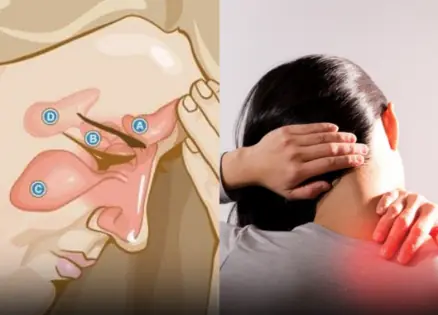
Chicken is a valuable and healthy food, but if used incorrectly it can lead to many serious health problems

According to traditional Eastern medicine, chicken is not only a food but also a valuable medicinal ingredient. Chicken meat is highly nutritious and has significant healing properties. It is described as having a sweet flavor, warm nature, and is non-toxic, primarily affecting the spleen and stomach meridians. Some sources also note its positive influence on the liver and kidneys.
Chicken helps to nourish qi and blood, strengthen the spleen and benefit the stomach, warm the middle burner, and dispel deficiency cold. It is especially suitable for people with qi deficiency, weak spleen and stomach, or those recovering their health. Thanks to its warming nature, chicken also helps to nourish yang energy, improve physical condition, and enhance immunity.
Eating Too Much Chicken in Summer—Potential Risks
Dr. Do Minh Tuan from the Hanoi Traditional Medicine Association warns that improper consumption of chicken in summer can increase internal heat-related health issues. He explains that summer corresponds to the Fire element, related to the Heart organ, which is closely connected to the liver and spleen.
Because of its warming and heat-generating nature, eating excessive chicken in summer can cause an imbalance of yin and yang, leading to symptoms such as heatiness, irritability, internal heat, red eyes, insomnia, palpitations, and bloating.
Furthermore, during summer, the body is easily affected by strong yang energy. Overconsumption of chicken can increase internal heat, causing problems like hives, itching (due to wind-heat or protein allergy), boils, atopic dermatitis (heat toxicity), or digestive disorders (from weak spleen and stomach unable to process nutrients properly).
In some individuals with sensitive constitutions, chicken may even worsen conditions such as allergic itching, rheumatoid arthritis (joint, muscle, tendon pain), or infectious diseases, Dr. Do Minh Tuan added.
To Maximize the Benefits of Chicken, the doctor recommends:
-
Cooking chicken with ingredients like winter melon, loofah, lotus root, artichoke, gotu kola, or coix seed to balance its warming nature, nourish heart yin, and cool the blood. Dishes such as chicken stewed with lotus root or lily bulb, chicken porridge with gotu kola and mung beans help reduce dampness, clear heat, and strengthen the spleen.
-
Prioritizing boiled or stewed dishes; limiting fried and oily preparations to avoid increasing internal heat.
-
People with qi deficiency, spleen weakness, or those recovering from illness should eat only small amounts. Also, avoid eating chicken late in the afternoon when yang energy is strong, to prevent excessive internal heat.
-
Those showing signs of heat syndrome (heatstroke, sore throat, acne, restlessness, red eyes), suffering from allergic itching, hives, or digestive problems like bloating and prolonged constipation should limit chicken consumption.
Chicken is a nutritious food, but its use during summer should be adjusted according to individual constitution and weather conditions. By combining the right ingredients, cooking appropriately, and eating in moderation, consumers can fully enjoy the benefits of chicken without adverse health effects.
News in the same category

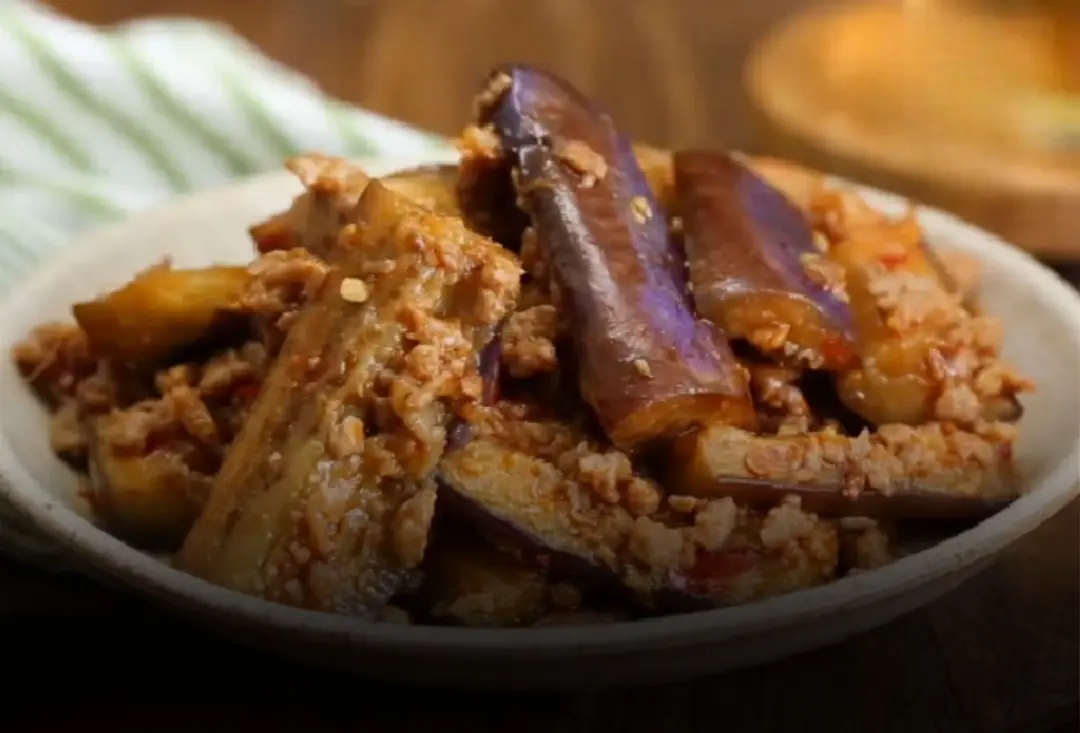
Eggplant is the king of vegetables but not everyone can eat it
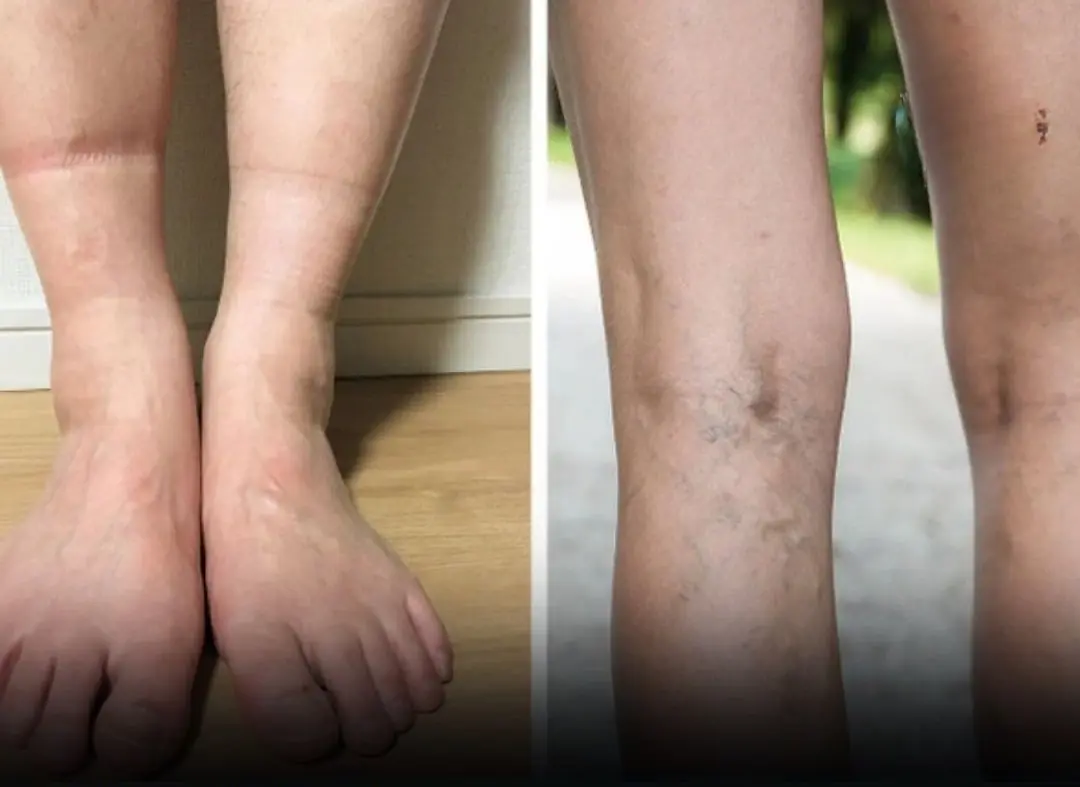
4 Possible Health Conditions Your Feet Could Be Signaling Through Sock Indentations
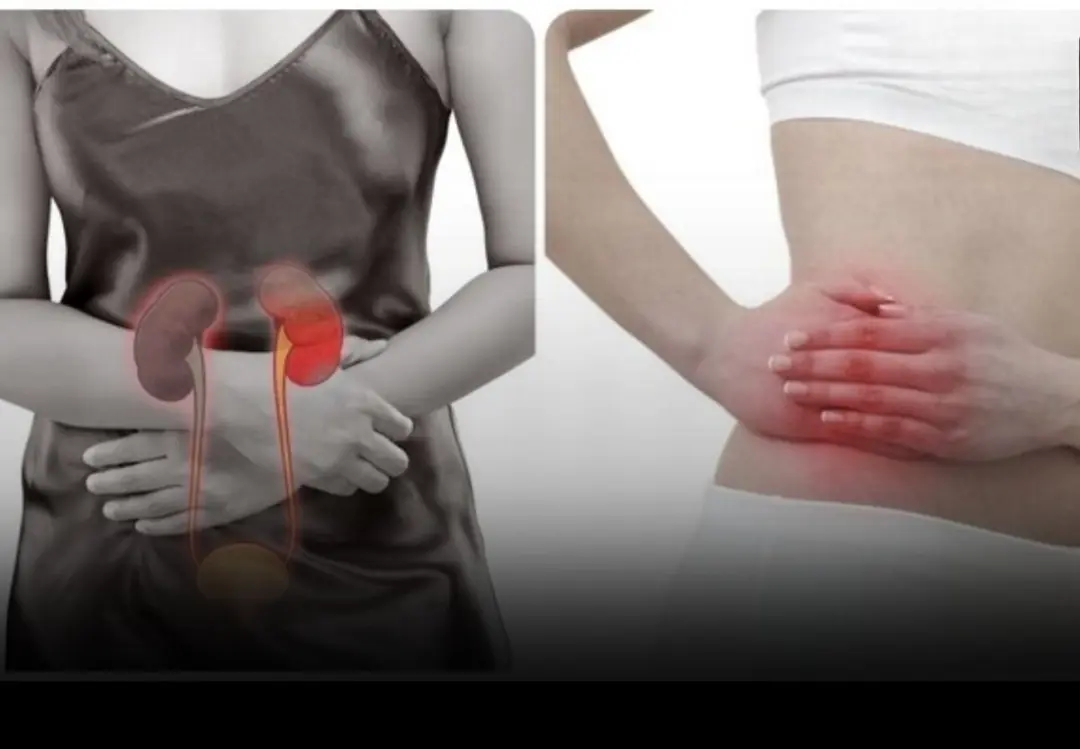
Recognizing early warning signs of kid.ney failure can greatly improve treatment outcomes.
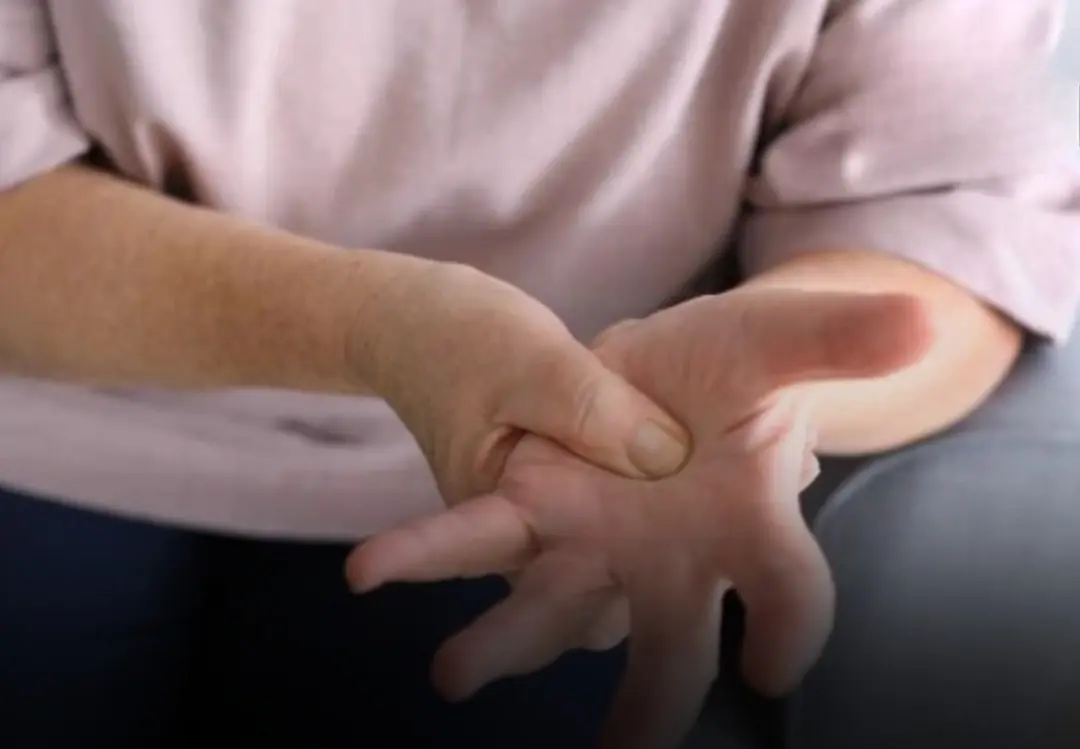
Your hands can reveal liver trouble — don’t ignore these shocking signs
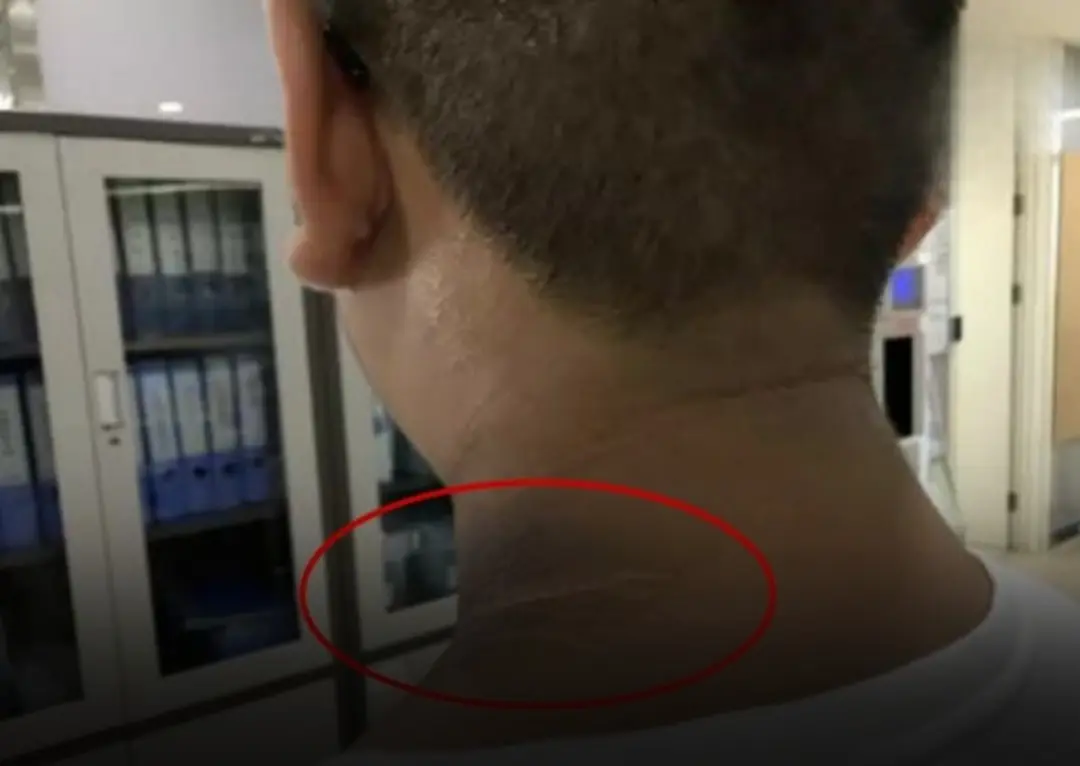
Be Careful With Diabetes If You Often Experience These Signs
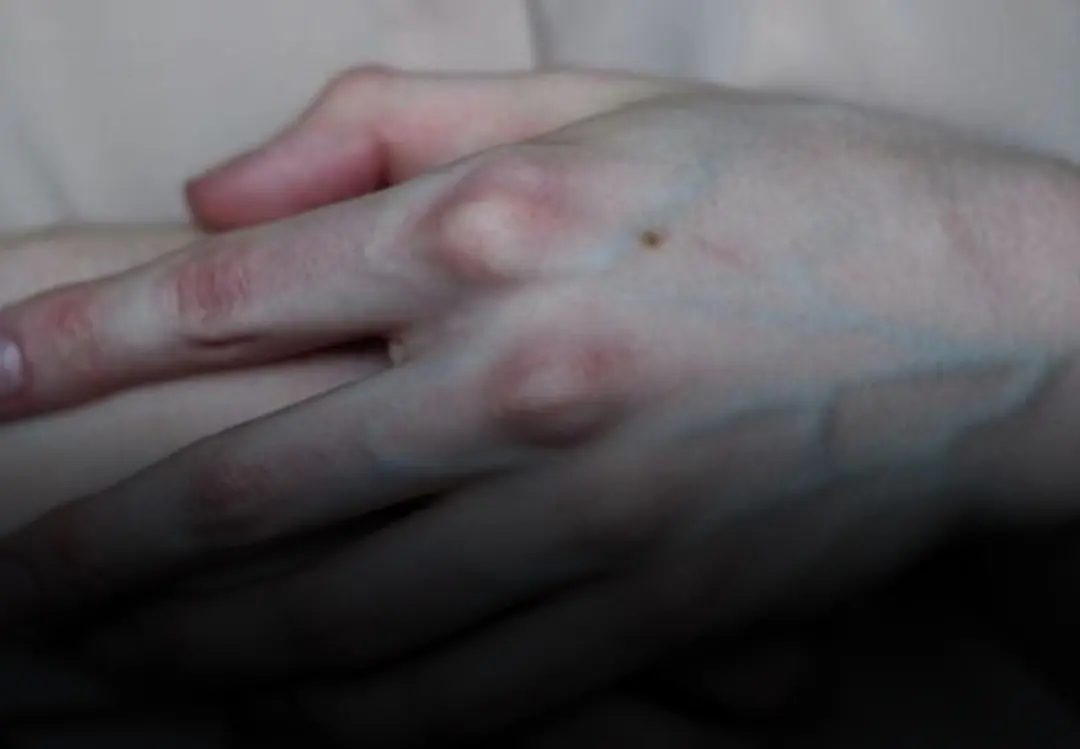
If You Notice Someone With Visible Veins, You Should Tell Them These Things

Improper Use of Nonstick Pans Raises Concerns Over ‘Forever Chemicals’ and Liver Cancer Risk
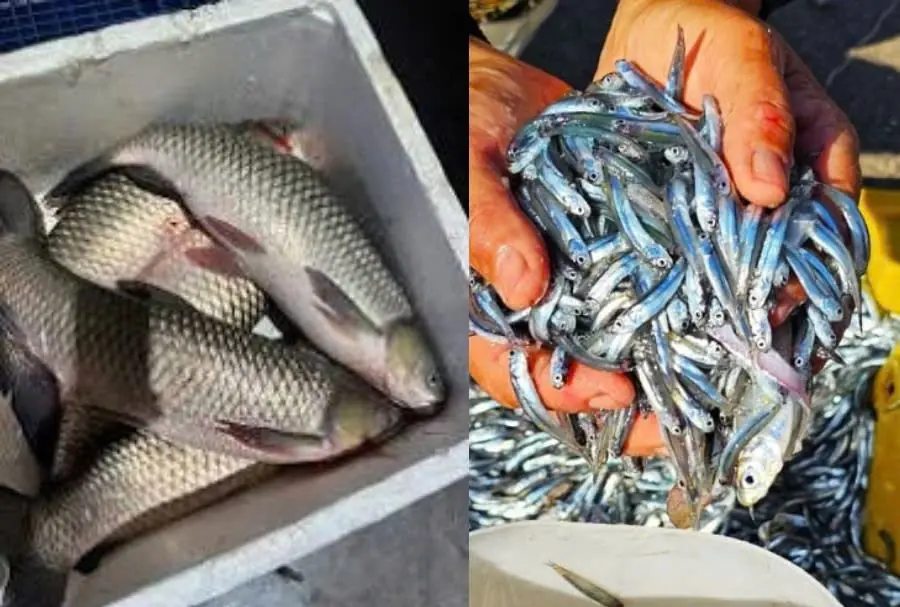
2 types of fish contain a lot of collagen
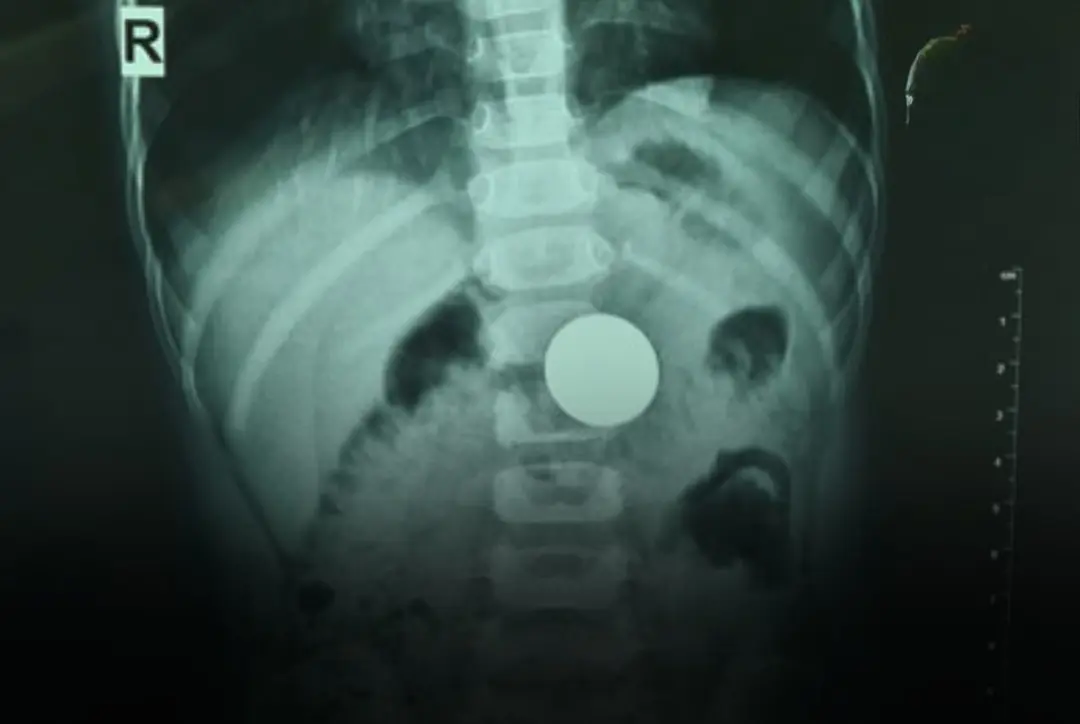
Tra.gedy strikes as 3-year-old girl di.es suddenly while playing with dad - A heartbrheaking reminder about cho.king ha.zards
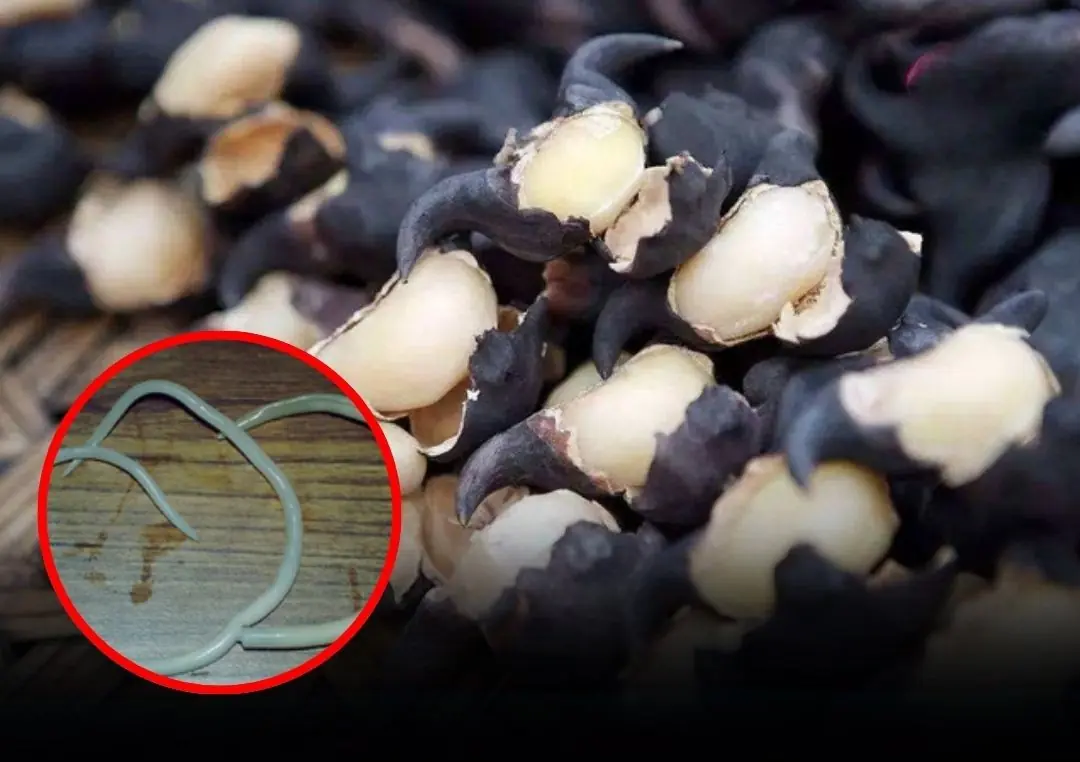
Raw Veggies Might Be Hiding Worms: 5 Types You Shouldn’t Eat Uncooked

Doctors Warn: This Popular Way of Eating Boiled Eggs May Harm Your Arteries
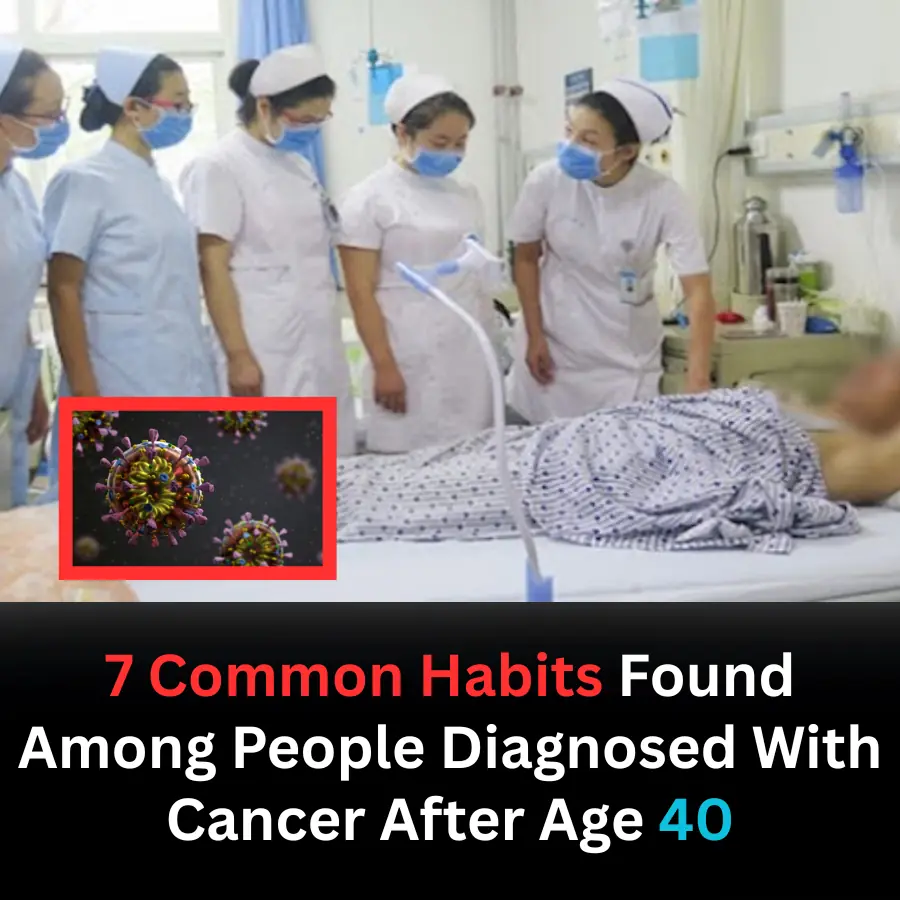
7 Common Lifestyle Habits Often Seen in Cancer Patients After Age 40
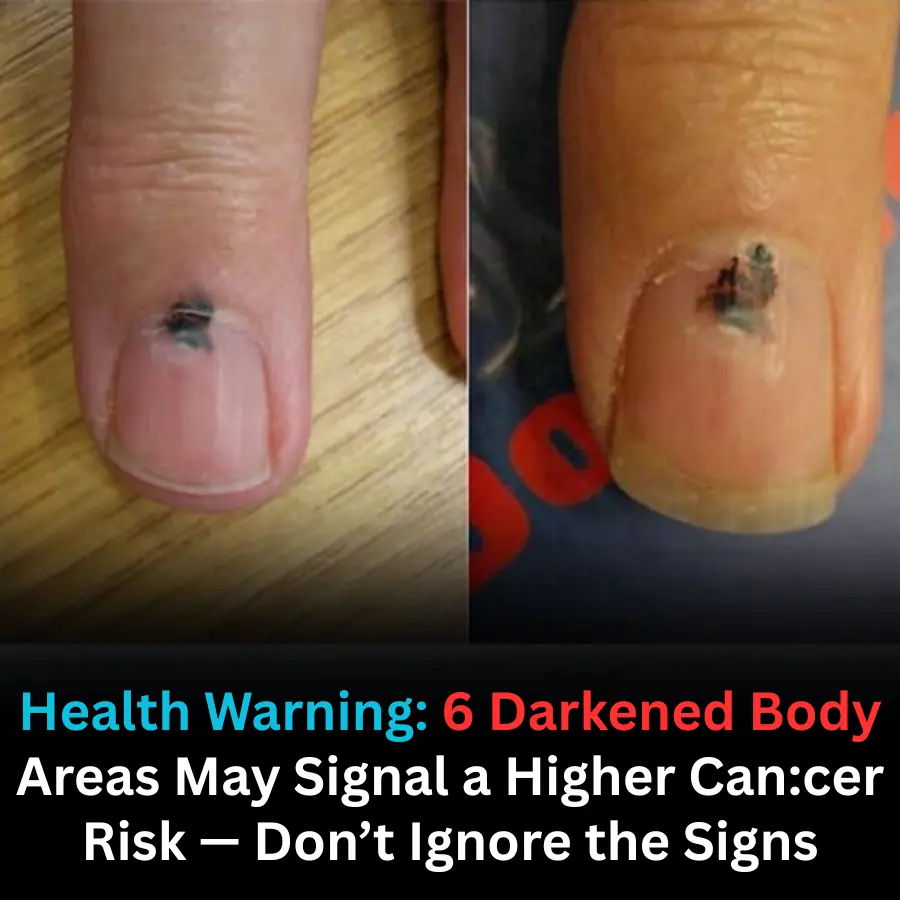
Health Alert: Darkening in Certain Body Areas May Indicate Underlying Can.cer Risk

What Health Experts Say About Leg Cramps at Night

These 4 Morning Foods May Help Clean the Gut and Prevent Can.cer

Doctors Warn: Certain Symptoms Require Immediate Medical Attention to Rule Out Advanced Nasopharyngeal Cancer
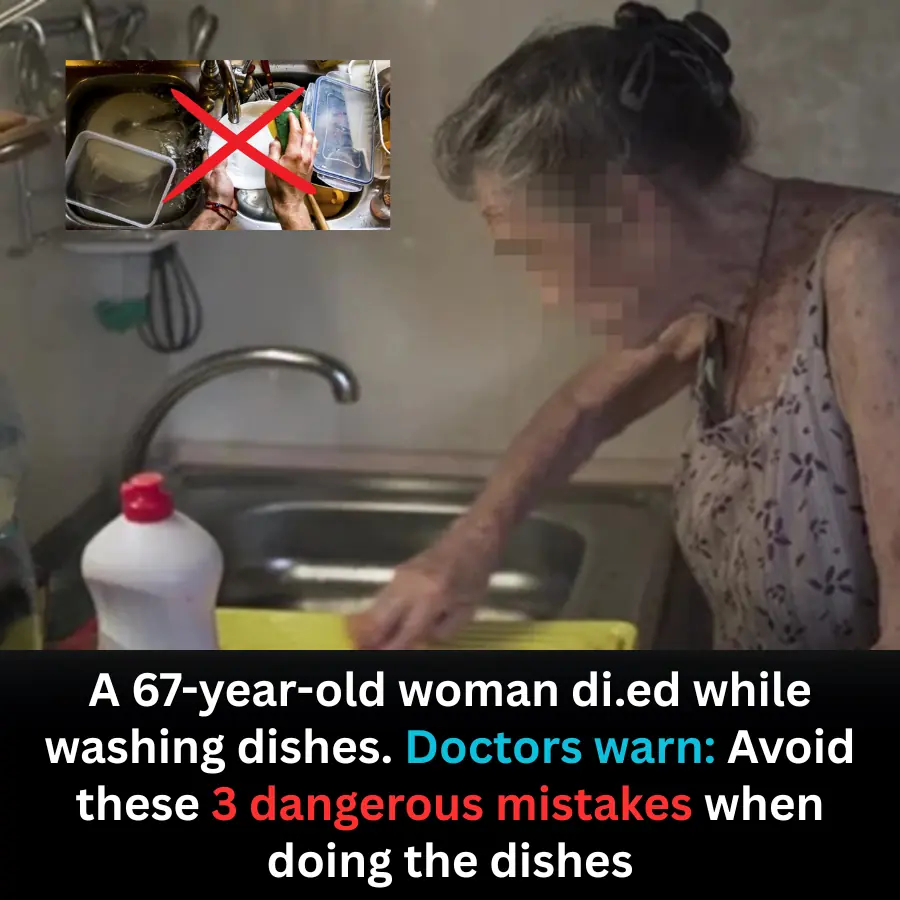
Woman Di.es While Washing Dishes: Doctors Urge Caution Over 3 Common Mistakes

Don’t eat sweet potatoes until you know these 8 important facts

The power of hawthorn: A natural ally for heart and cholesterol health
News Post

9 Early Signs of Diabetes You May Not Be Noticing

Eggplant is the king of vegetables but not everyone can eat it

4 Possible Health Conditions Your Feet Could Be Signaling Through Sock Indentations

Recognizing early warning signs of kid.ney failure can greatly improve treatment outcomes.

Your hands can reveal liver trouble — don’t ignore these shocking signs

Be Careful With Diabetes If You Often Experience These Signs

If You Notice Someone With Visible Veins, You Should Tell Them These Things

Improper Use of Nonstick Pans Raises Concerns Over ‘Forever Chemicals’ and Liver Cancer Risk

2 types of fish contain a lot of collagen

Tra.gedy strikes as 3-year-old girl di.es suddenly while playing with dad - A heartbrheaking reminder about cho.king ha.zards

Raw Veggies Might Be Hiding Worms: 5 Types You Shouldn’t Eat Uncooked

The Anti-Can:cer Vegetable Ranked Best in the World by U.S. Experts
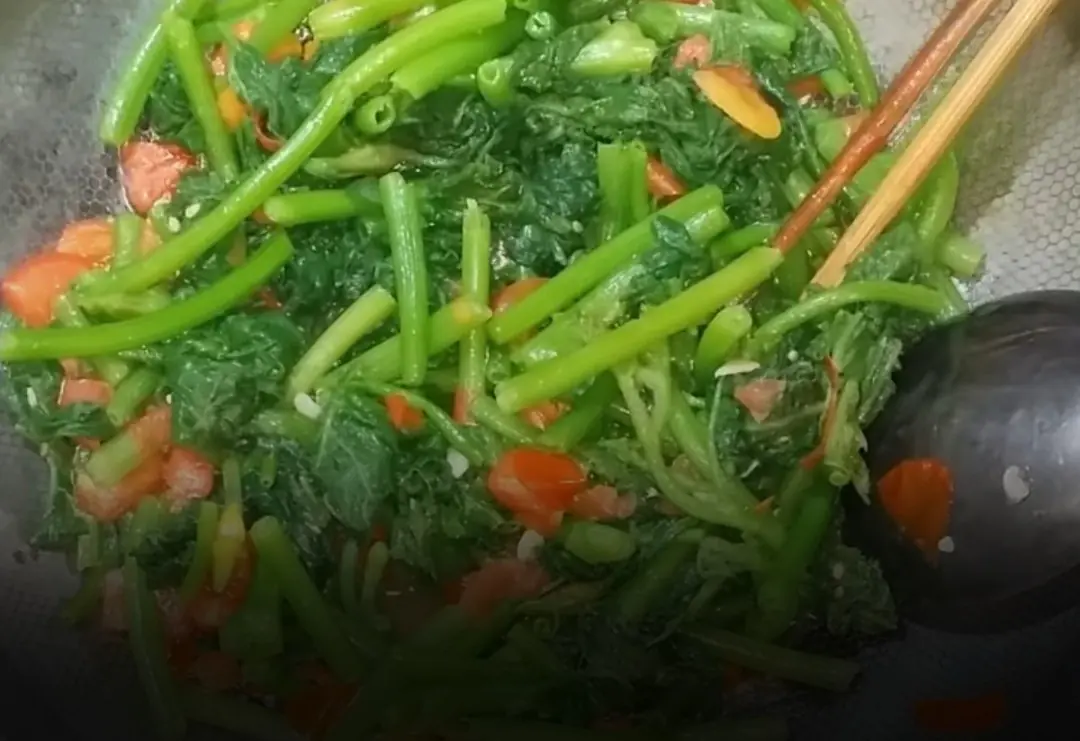
3 vegetables that may cause can.cer avoid them now

Doctors Warn: This Popular Way of Eating Boiled Eggs May Harm Your Arteries

7 Common Lifestyle Habits Often Seen in Cancer Patients After Age 40

Health Alert: Darkening in Certain Body Areas May Indicate Underlying Can.cer Risk

What Health Experts Say About Leg Cramps at Night

These 4 Morning Foods May Help Clean the Gut and Prevent Can.cer

Doctors Warn: Certain Symptoms Require Immediate Medical Attention to Rule Out Advanced Nasopharyngeal Cancer
